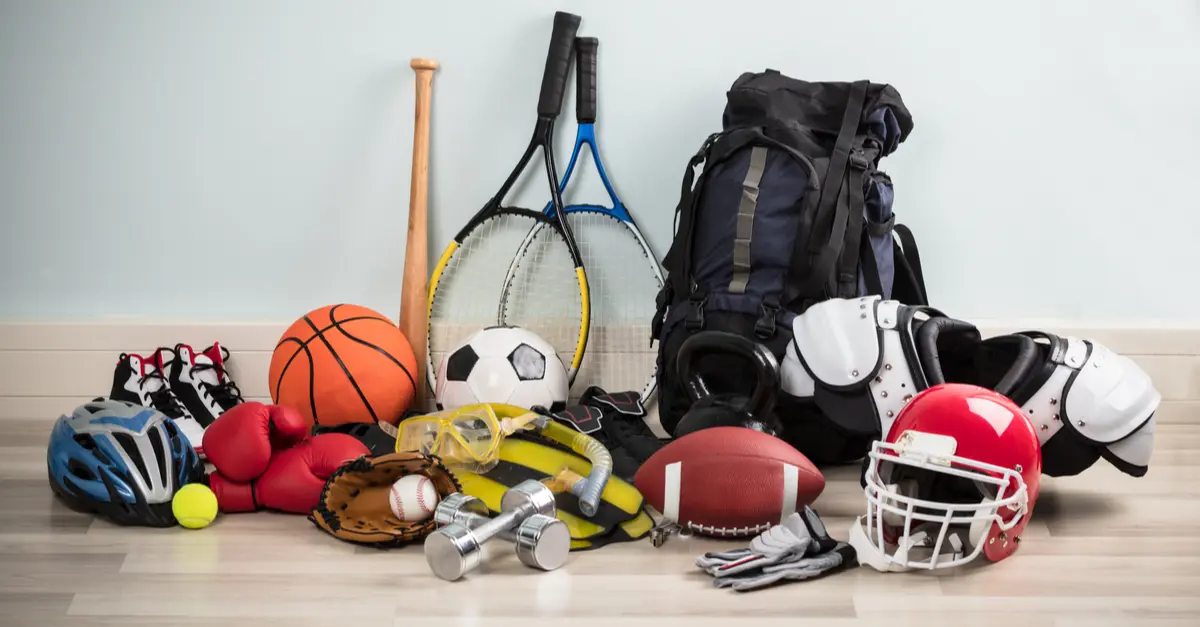
May 17, 2021 • 5 min read
What a Safe Return to Play Means to Most Parents
Posted in:
With our worlds being shaken up for the past 4+ months, one thing is certain: People are ready to get back to sports.
Kids are excited to get out of the house and see friends. Parents are happy for them to get some much-needed activity. We’re all ready for it, but our return to play won’t be a return to normal, not in the short run.
Although their level of concern may vary, most, if not all parents realize that things will have to be different going forward. Certain precautions will need to be taken. New processes will need to be put into place. And health and safety will be a top priority.
Parents weigh in on the return to sports
With our Return to Sports initiative, we surveyed over 1,000 parents to understand how they feel about kids getting back to sports and what they are expecting to see from their clubs and teams.
An analysis of these responses clearly outlined a few key themes and needs. Many of which your organization may have already considered.
Expectation #1: Parents expect a plan–and they want in on it
First and foremost, parents expect clubs and teams to take the situation seriously. This means coming up with plans and processes to create a safe environment for all involved. Parents will be more comfortable if they know their club has clear practice and game-day protocols, guidelines for all members to abide by and a response plan in the case of an exposed member.
An essential part of that plan will be making sure every coach, volunteer, parent and player understands what they need to do before and during practices and games. Make your new protocols accessible to all members and consider appointing a COVID contact person to field and respond to questions from your members. The more you can involve them in the process, the more likely they are to support it. And the more they know about the precautions, the more confident they will be having their kids on the field.
This includes alerting members when someone tests positive or has been exposed. Let everyone know how they’ll hear from you and the steps you’re going to follow, like how long that member will stay off the field and what it’ll take to bring them back.
Expectation #2: Coaches will enforce the plan
While success will depend on everyone, parents want to know that coaches and volunteers who will be on the field or sidelines have been fully trained on the new protocols. That will likely mean ensuring members complete temperature screenings and health checks before they step foot on the field and observe social distancing and mask requirements whenever possible.
It will also mean that coaches are following the proper hygiene and sanitation practices during practices and following games (for a complete list, see the CDC’s recommendations on youth sports).
Expectation #3: Competition will need to change
Parents expect clubs to reconsider where, when and how their kids return to the field. Concern over competing outside of the state or even the county was common. Look for ways to shift to local events and avoid traveling whenever possible. Stagger games throughout the day or week and spread practices across fields as much as you are able to limit the number of people who need to be present at any one time. You’ll likely already be lowering the number of players on the field. Consider reducing unnecessary physical contact or proximity, like huddles, and adjusting the pace of play.
Parents also realize that how they watch their kids play will need to change. Limit the number of spectators on the sidelines and make sure those that do stay are maintaining safe practices. If you’re able to, give parents the option to watch from the comfort (and safety) of their cars or homes with live streaming services.
Change = Constant
Recommendations, guidelines and requirements continue to evolve region by region. Your plans and protocols will have to evolve with them. As they do, remember that no plan is perfect. What works today may not tomorrow. The best you can do is keep your eyes open to what’s going on within your community and your ears open to what your members are saying.
Zach Wills is a product marketer, landscape photographer, and hiker who’s dreaming of the days when his kids can carry the heavy stuff.

